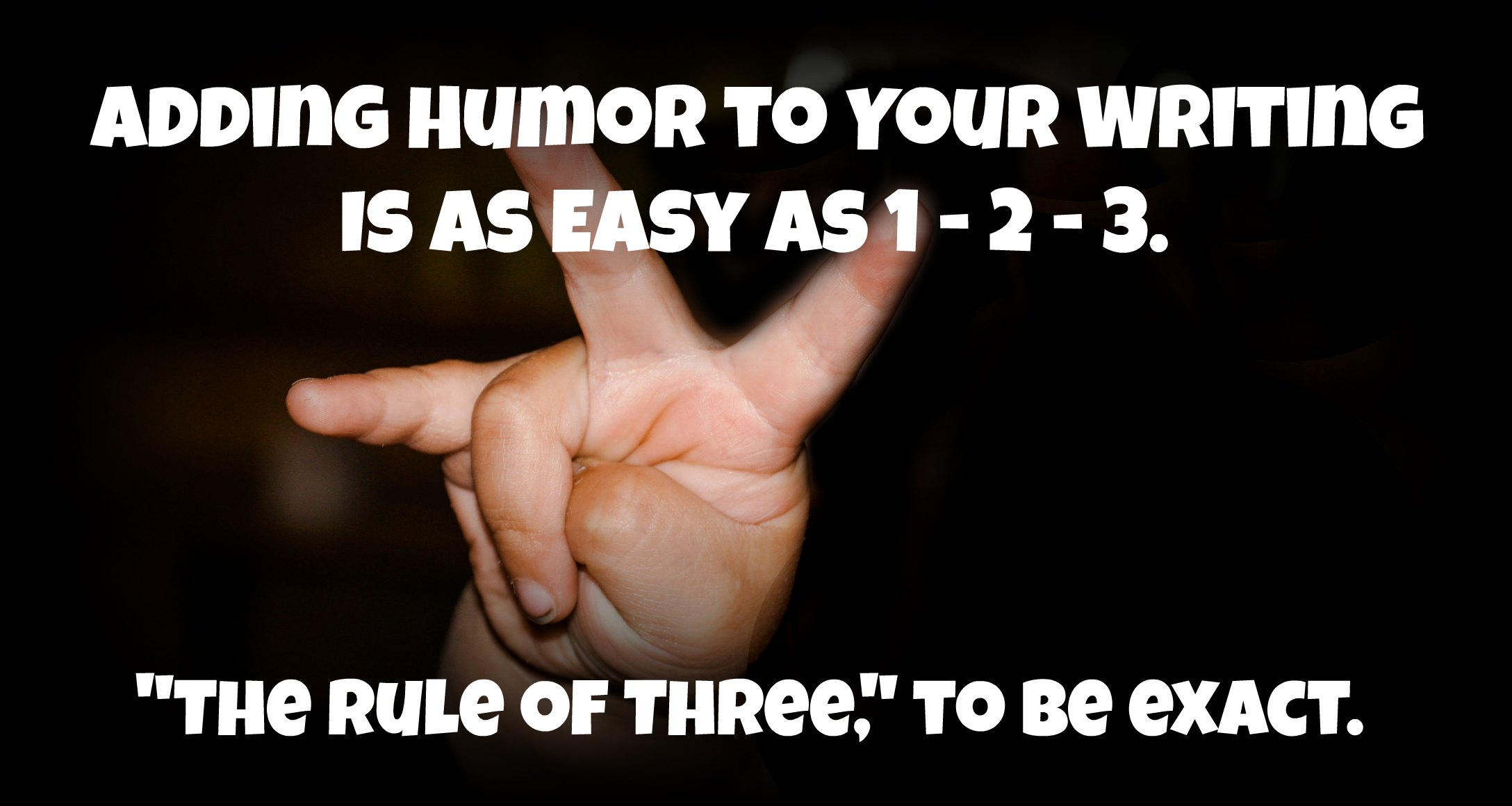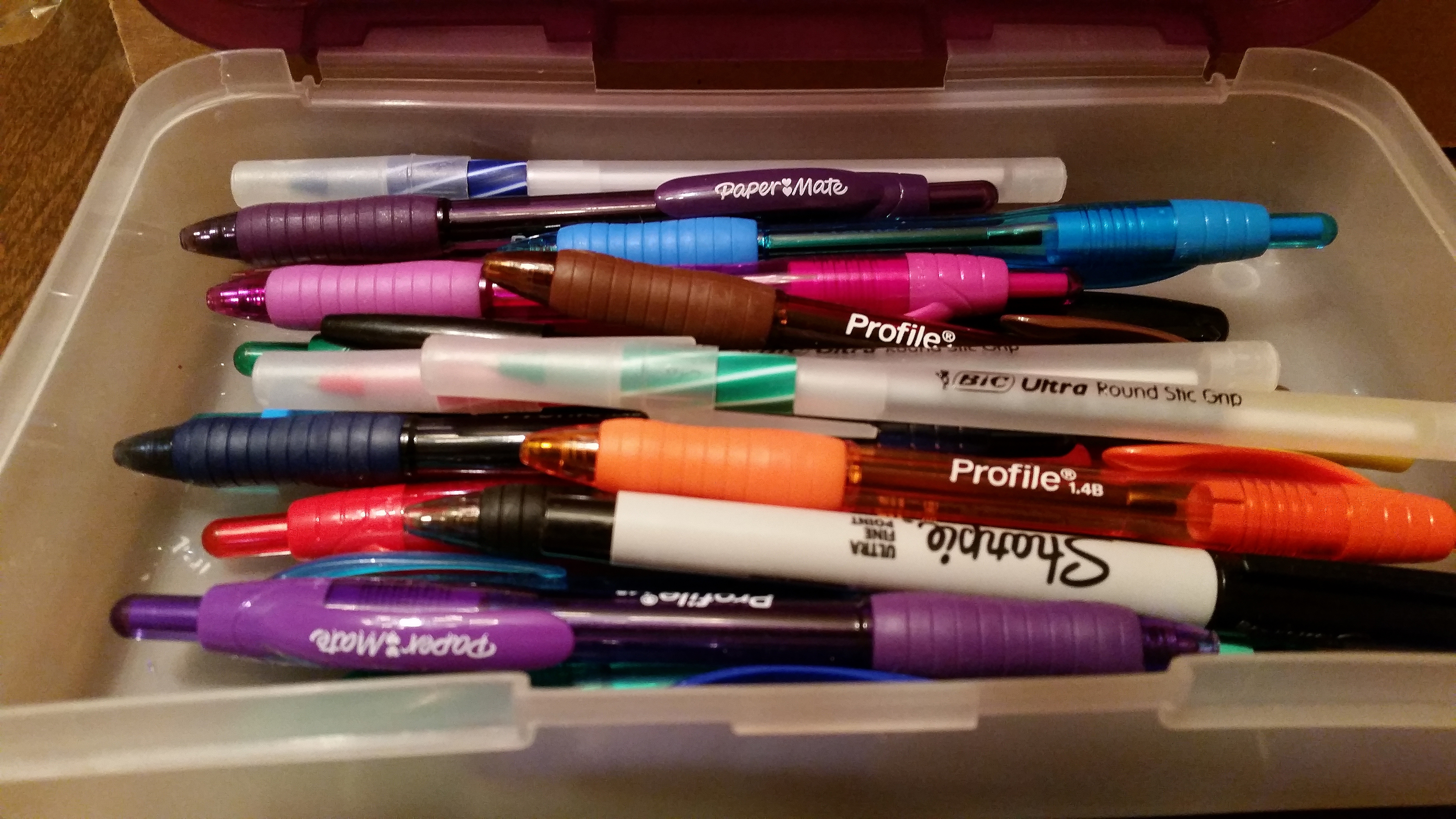
Five More Confusing Word Pairs to Consider
We’re continuing to examine words that are used incorrectly. Enthused/Enthusiastic—Although enthused has become acceptable in standard usage, old school…
March 12, 2016
We’re continuing to examine words that are used incorrectly. Enthused/Enthusiastic—Although enthused has become acceptable in standard usage, old school…
March 12, 2016
For most writers, our passion to write was birthed from a passion to read. We grew up immersed in…
March 10, 2016
Adding humor to any type of writing is as easy as 1 – 2 – 3. Not 1 –…
March 8, 2016
Shortly after moving to the Islands, a new habit easily became walking early on the beach. On one particular…
February 18, 2016
We’ll take a break from adding more confusing words to our list this time and focus only on…
February 9, 2016
Christian nonfiction writers receive all the credit for being the biblical and spiritual teachers. If we want to learn…
January 20, 2016
Where to begin? I had a friend ask me this question recently, who is interested in writing a young…
January 15, 2016
This time, we’ll look at Character Struggles, and how they help make unforgettable fiction. Here’s a great way to…
December 15, 2015
Apparently this is a controversial issue – To submit a children’s Proposal with your manuscript or not? I always…
October 13, 2015
We all know the value of saving for the future. The truth is that’s not just good financial advice—it’s…
October 7, 2015
If you are a born again follower of Christ then you have been given a spiritual gift or gifts.…
October 3, 2015
There’s nothing more daunting than a blank page and no idea where to go next. Over the next months…
July 22, 2015
Early on I discovered a basic truth for writers. Publishing is a journey, not a destination. This holds true…
July 8, 2015